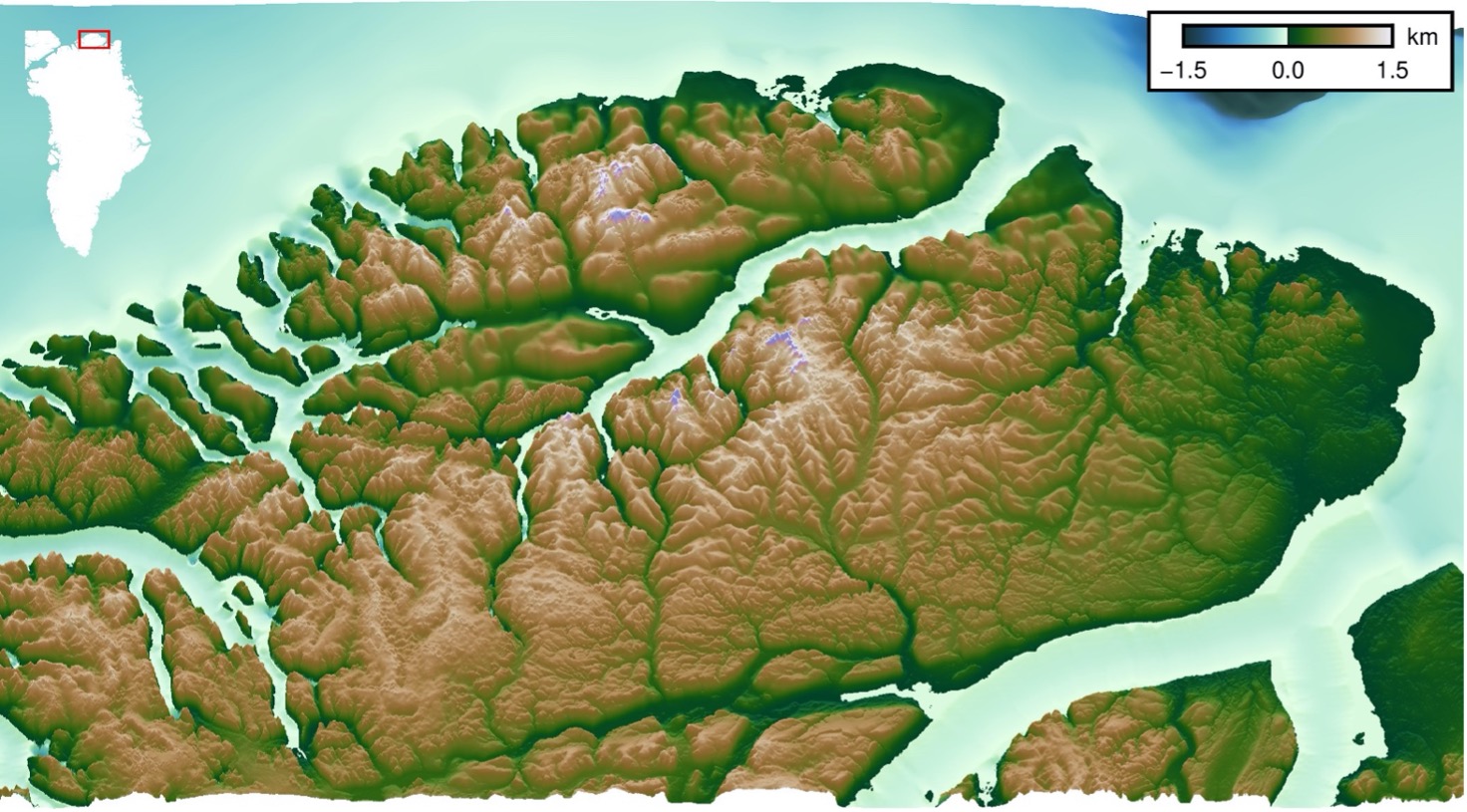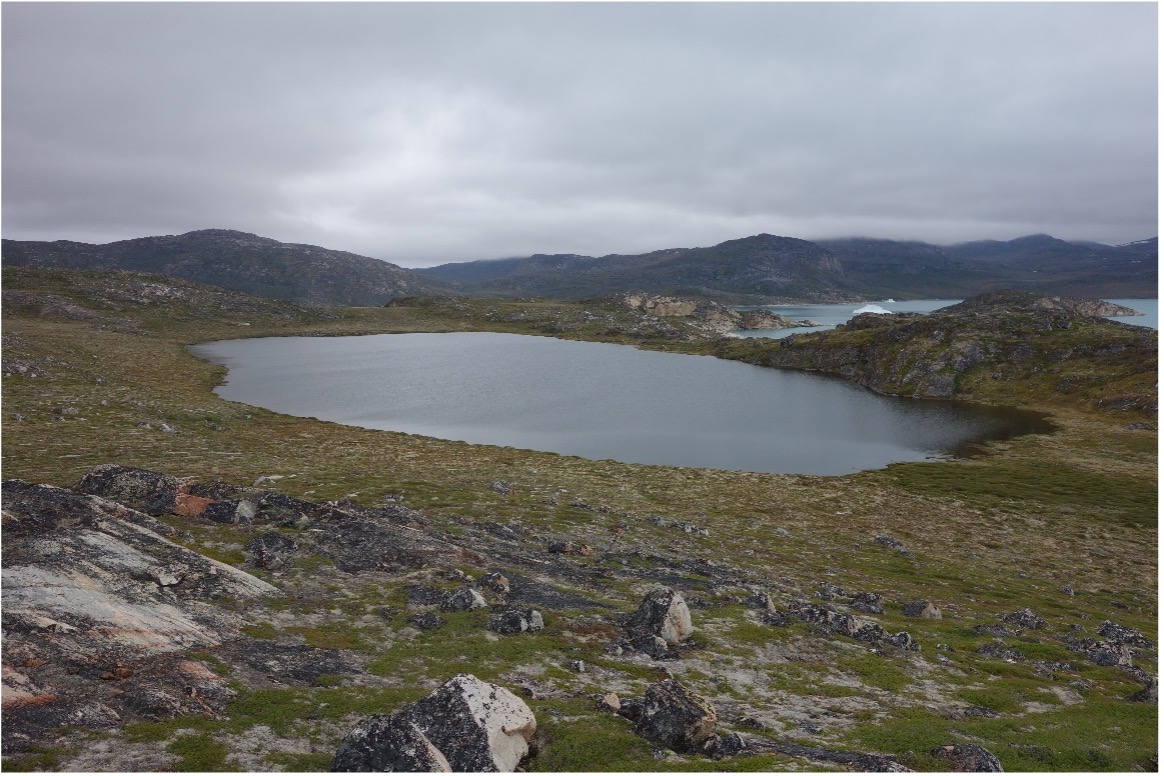Geography Available Research Project
Constraining the landscape evolution and past ice sheet behaviour of northeast Greenland
Project overview
Melting from the Greenland Ice Sheet is a leading contributor to global sea level rise, and understanding its past behaviour is key to predicting its future evolution. Today, approximately 21% of Greenland’s land surface is not covered by the ice sheet; the morphology of these areas contains a wealth of valuable information pertaining to ice sheet evolution (Sugden et al., 1974; Roberts et al. 2010). Indeed, as the ice sheet has evolved on Quaternary timescales it has left a complex geomorphic signal on the landscape (Skov et al., 2020), but the key elements (both pre-glacial and glacial) remain poorly studied despite their significant implications for past ice sheet behaviour.
This MRes project will focus on the striking, but little-studied, landscape of northeast Greenland, which contains the northernmost ice-free land on Earth. The area is mountainous and cut by fjords (see figure) but is presently a polar desert with negligible precipitation and erosion rates. The aim of the project is to ascertain how the landscape of northeast Greenland has been modified by glacial erosion during the Quaternary Period and whether relic pre-glacial fluvial signatures have been preserved. The student will use high-resolution digital elevation models to quantify regional-scale morphological characteristics including relief, hypsometry, slope, and valley shape, which will be used to infer the erosive processes responsible for the development of the landscape. This analysis will help address key unanswered questions concerning the behaviour of the ice sheet in northeast Greenland during and prior to the Quaternary. Eligible applicants can apply to the Durham Inspired Climate Change and Polar Research Scholarship for funding support for this project.
 Digital elevation model of northeast Greenland. Note the different scales and styles of valley and fjord incision.
Digital elevation model of northeast Greenland. Note the different scales and styles of valley and fjord incision.
If you are interested in this project, please contact the lead supervisors:
Dr Guy Paxman (guy.j.paxman@durham.ac.uk)
Prof Dave Roberts (d.h.roberts@durham.ac.uk)
Key references
Roberts, D.H., Long, A.J., Davies, B.J., Simpson, M.J.R., and Schnabel, C., 2010. Ice stream influence on West Greenland Ice Sheet dynamics during the Last Glacial Maximum. Journal of Quaternary Science, 25(6), 850–864.
Skov, D.S., Andersen, J., Olsen, J., Jacobsen, B., Knudsen, M., Jansen, J., et al., 2020. Constraints from cosmogenic nuclides on the glaciation and erosion history of dove Bugt, Northeast Greenland. GSA Bulletin, 132(11-12), 2282–2294.
Sugden, D.E., 1974. Landscapes of glacial erosion in Greenland and their relationship to ice, topographic and bedrock conditions. Institute of British Geographers, Special Publication 7, 177–195.
Available Research Projects
See all of the currently available research projects that are recruiting students.
Research Masters
Our Research Masters provides an opportunity to develop your research expertise and advanced skills. Pursue your own top or collaborate on a project designed by a supervisor in our world-leading research environment.
Contact Us
Founded in 1928, the Department of Geography at Durham University is one of the leading centres of geographical research and education in the world.
Department of Geography
Postgraduate Study
Durham University
Lower Mountjoy
South Road, Durham
DH1 3LE, UK
Tel: +44 (0)191 33418000


/prod01/prodbucket01/media/durham-university/departments-/geography/Matt_Couchmann-3872X1296.JPG)




